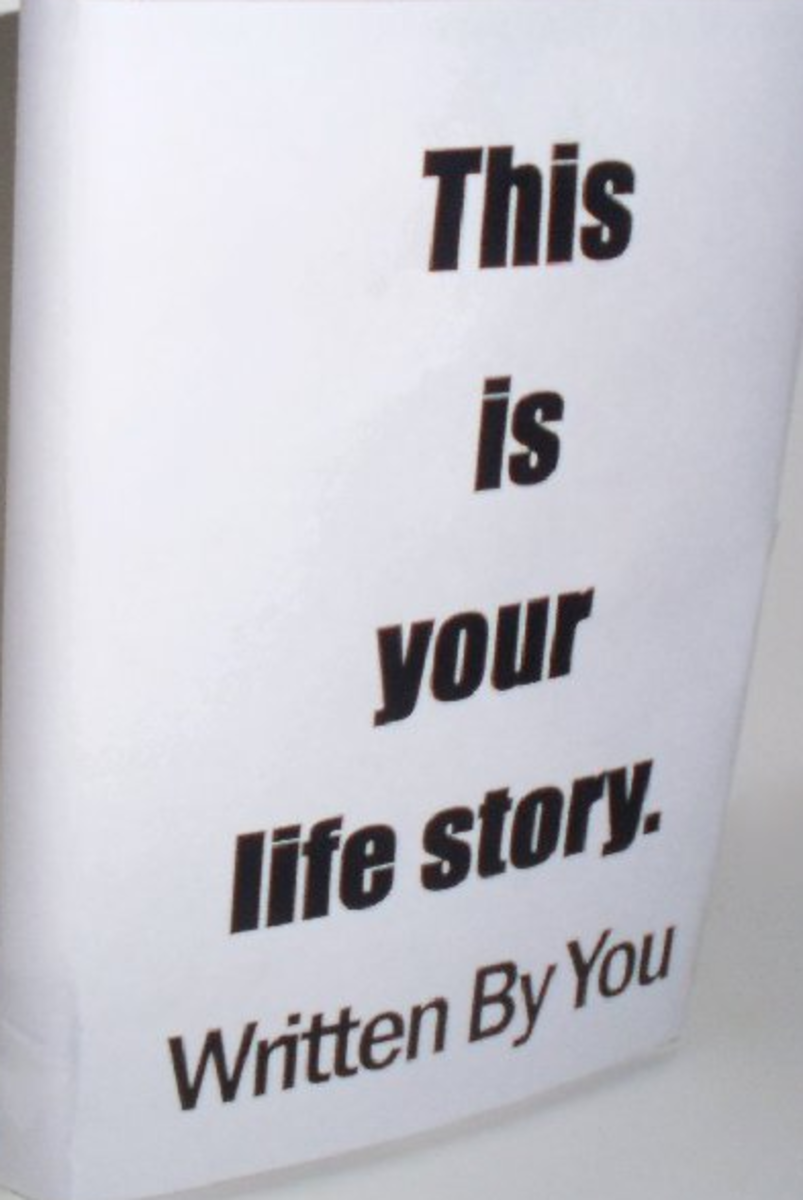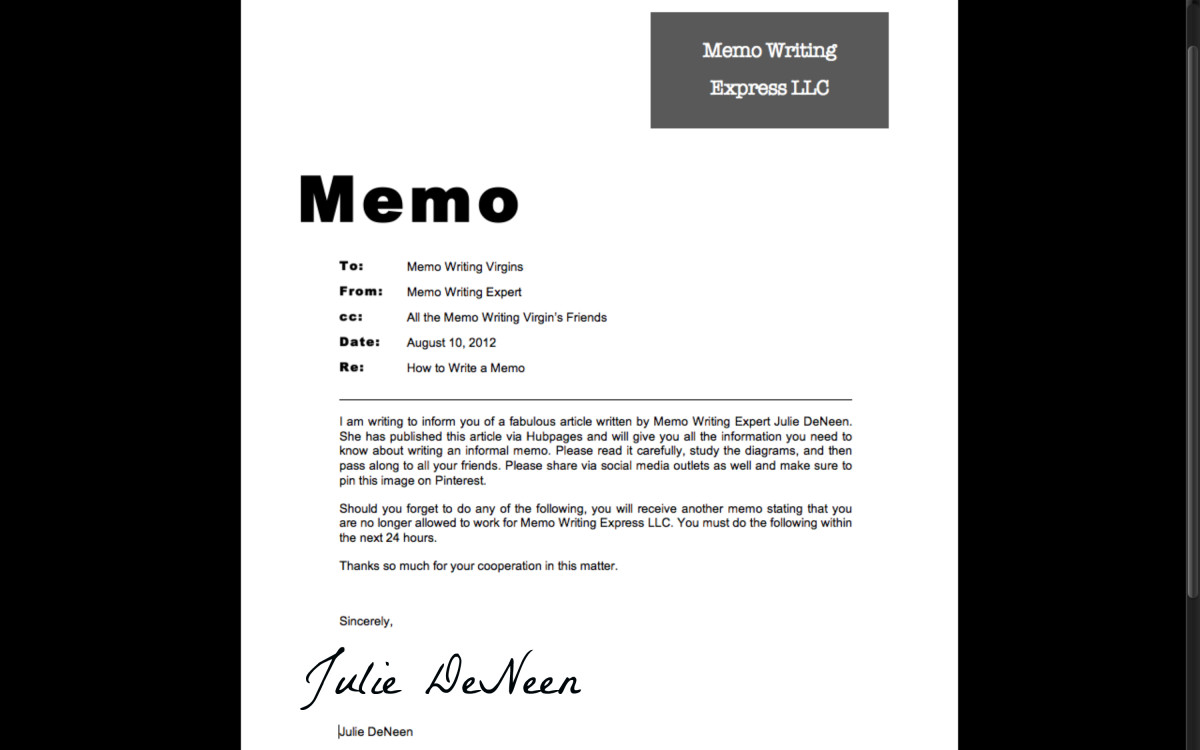How To Write An Effective Analogy
First a Definition
“When an analogy is really singing, it's what you want it to be.”
One of the most effective grammatical tools in a writer’s tool shed is the analogy. It is also one that is quite often misused by writers.
Before I teach you how to properly use an analogy, perhaps we should start with a simple definition. An analogy is a prolonged comparison between two things that are usually considered as dissimilar. They are used to illustrate and explain by traveling from something familiar to something that is unfamiliar, comparing several points and counterpoints.
They are often confused with similes. A simile does compare two dissimilar objects, but it is an abbreviated explanation using the words “like” or “as.” An example of a simile, then, would be the following: Her hair was like golden sunshine. In this example, the reader understands what the comparison means, but there is no extended explanation involved as there would be in an analogy.

Example of an Analogy
Let’s use the one I started at the very beginning of this article where I discussed the tools in a writer’s tool shed:
A writer has many tools at his/her disposal, just as a gardener has many tools in their tool shed with which to prepare a garden. The writer turns his literary soil and cultivates his article with nouns and verbs, just as a gardener might use a shovel and hoe. It is then time to fertilize the soil, mixing in adjectives and adverbs as a gardener might use compost and other nutrients.
I took very little time on that analogy but I think you understand the main points. Let’s try another one:
Building a writer’s platform can be compared to building a house. We begin with the foundation; for a writer this is his body of work to date, the articles, essays and books he has written. It is then time to frame the structure, and a writer does this by starting a blog and website. The wiring and plumbing come next as contacts are made in the writing community and networking is ramped up in intensity. Then the structure is enclosed with walls and a roof as jobs are secured, articles are purchased, and a reputation is secured.
Refer back to the definition of an analogy. A writer’s platform is definitely dissimilar to a home. There is a comparison that illustrates and explains as we bounce from familiar to the unfamiliar, and several points are compared.
Knowing how to write an analogy is all well and good; knowing when to write one is even better.

Knowing Your Audience
The analogy that I used about a writer’s platform being like building a home is only effective if my readers understand the basics in building a home. I was betting that they would, just as I was betting that they would understand what a tool shed was when I wrote the first example up above.
Knowing your audience is crucial if you are going to write an analogy. Your point will be lost on your audience if you use examples that are completely foreign to them. A writer with an extensive background in chemistry may write an analogy that refers to some chemical reaction, but will his/her audience really understand it? If they can’t understand the example then there is no point in using the analogy.

Knowing Your Limits
The other common mistake when writing analogies is when a writer goes too far or over-extends the analogy.
For example, if I were to write that movie stars are treated like kings, and then went on to compare the royal treatment that they received and the way they are pampered, I am doing a fine job with my analogy. However, if I continued by saying that movie stars are divinely ordained to lead their country I have then crossed the boundaries of common sense. Likewise, if I wrote that movie stars pass their talent and fame down to their children as kings and queens do, I again have stretched the analogy much too far.
As Kenny Rogers once said, “know when to hold them and know when to fold them.”
Now I Want You to Practice with Some
Since most of you already know that I was once a classroom teacher, it should come as no surprise that I now want you to demonstrate your understanding of this subject. Below you will find some analogy suggestions. Let’s see what you can do with one of them.
- A gang is like a pack of hyenas
- Just as a general leads an army, so too does a CEO lead his company
- Gasoline is important to a car as wood is to a fire.
- We humans love daytime as an owl loves the night.
- A word is important to a sentence just as a page is to a book.
- A snake hugs the ground as an eagle hugs the sky
- An author uses a pen as an artist uses her brush
- Leaving our comfort zone is a lot like a caterpillar leaving its cocoon.
As you try a few of these, remember that an analogy must look at several points; it is an extended comparison.
Now try filling in the blank: Falling in love is much like ____________________.
Avoiding the Obvious
One more common error when writing analogies is in stating the obvious. Analogies have a purpose, and that purpose is to be memorable. You want your readers to see the world through a vision they would never have thought of on their own. Be creative and refuse to take the easy way out when writing an analogy. All too often the easiest analogy is a cliché, and clichés are clichés because everyone uses them. Is that the type of writer you want to be known as?
Testing Your Work
Once you have written your analogy, go back over it and ask yourself some simple questions. “How is” questions are perfect for this exercise. How is a snake hugging the ground like an eagle flying in the sky? If you have trouble finding the words to answer that question then you are probably on the wrong path.
Have a friend read your analogy and ask them if you hit the nail on the head with it. If your friend is having a tough time understanding your analogy then chances are most of your readers will as well.
Join me on my writer's blog
- Artistry With Words | A topnotch WordPress.com site
A writing blog by writers, about writing, and for writers
And Now Get out There and Make It Happen
I cannot say this enough: writing should be engaging and interesting. Writing should take your readers to a place they never would have visited on their own. That is your quest as a writer. It is much too easy to be mundane. Analogies allow a writer to climb over mundane and scale to fascinating.
You now have your homework. I expect to see a veritable flood of analogies from all of you in the near future. Make this old teacher proud of you!
2014 William D. Holland (aka billybuc)
“Helping writers to spread their wings and fly.”










